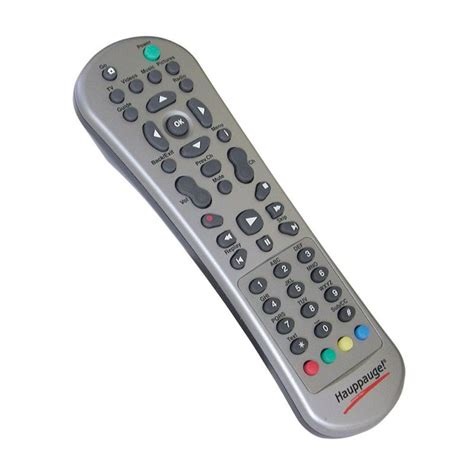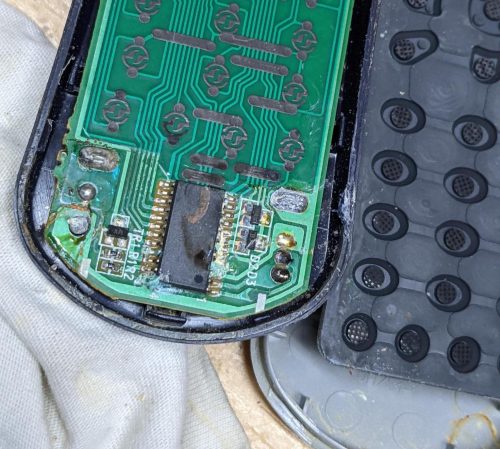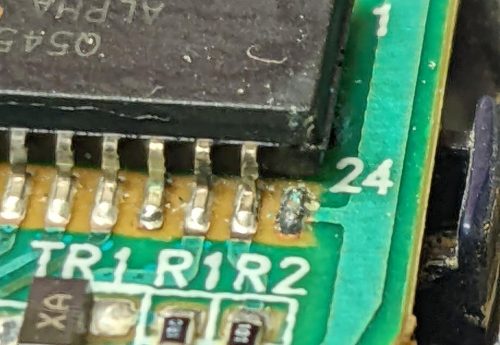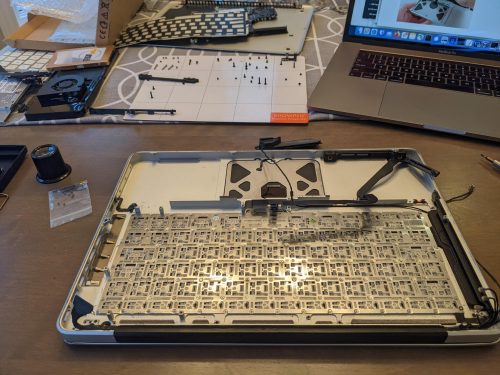This weekend I was messing around with ripping CDs again. Almost my entire collection has been digital for years, but all in MP3 format. Way back when ripping a CD to MP3 was a trade-off of time to encode, quality of playback, size of file I’d made some choices about what I was going to use as my standard for digitizing my collection.
I arrived at 192 kbps encoding (fixed bitrate), MP3 format encoded with the LAME encoder for the most part. To arrive at this bitrate I’d done a lot of A/B sampling between songs – with my best attempts at blind listening comparison to see which ones I could tell the difference between. After about 160 kbps I couldn’t hear any significant differences, and certainly after 192 kbps it was all the same. If you want to learn more about bitrates and encoding formats, this seems like a good article.
Since then – computers have gotten stupidly faster, so encoding time doesn’t matter . Storage is also cheap and plentiful, so I don’t care about file sizes. My main media server is Plex, which will happily transcode from FLAC for me to MP3 when I need it. There is also the mp3fs userspace filesystem that I can use to map FLAC to MP3 when I need it. I’d arrived at the conclusion that my archive format should be FLAC a couple of years ago, but I’d failed to get Linux setup to rip successfully.
With Windows machines there has been EAC which is basically the default way people who care will rip their music. It ensures ‘perfect’ copies. I found whipper which seemed to provide a similar solution on Linux, but a couple of years ago I failed to get this to work with either of the optical drives I have installed in my box. I could get all the tracks but the last one on the disc, very frustrating.
In my recent revisit to this, I started with abcde. This resulted in a simple docker container that I could run that would rip a disc to FLAC without much fuss. It worked well, but then I re-discovered my notes on using whipper and figured I’d see if the project had progressed.
It had – and whipper works great with one of my optical drives, but not the other. That’s fine as one is enough. My working drive is an ASUS DRW-1814BL and so far no problems except for one disc. The one problematic CD was one that I’d failed to rip in the past as well, there is a little bit of physical damage and whipper would bail dealing with the index.
It turns out my abcde setup worked great on this bad CD and was able to rip it to FLAC. I’ve less confidence that the abcde process is as robust and exact as whipper – but I’d rather have the music ripped than not at all.
For abcde I have a Makefile
|
1 2 3 4 5 6 7 8 9 10 11 |
build: docker build . --tag flac run: docker run \ --device /dev/sr1 \ -it \ -v $(shell pwd)/out:/data \ -e OUTPUTDIR=/data \ flac abcde -V -N -d /dev/sr1 -o flac |
And a Dockerfile
|
1 2 3 4 5 |
FROM ubuntu:latest RUN apt update RUN DEBIAN_FRONTEND=noninteractive apt install -y abcde flac |
You’ll want to customize it to point at the right device, but there isn’t much here. Make build, make run and you’re good to go.
For whipper, it’s ever easier. I just used a shell script to call the pre-built container.
|
1 2 3 4 5 |
#!/bin/bash docker run -ti --rm --device=/dev/sr0 \ --mount type=bind,source=${PWD}/config,target=/home/worker/.config/whipper \ --mount type=bind,source=${PWD}/output,target=/output \ whipperteam/whipper cd rip |
There is a little bit of setup for whipper, best to follow the documentation. Briefly you need to analyze the drive and figure out the offset. I also tweaked the generated config file to change the directory and file naming scheme.
That’s it. Ripping your CDs with high quality is trivial now, and with nicely featured media servers the format doesn’t matter. Now I just have to slowly re-rip CDs that I care about having high quality archives of.




